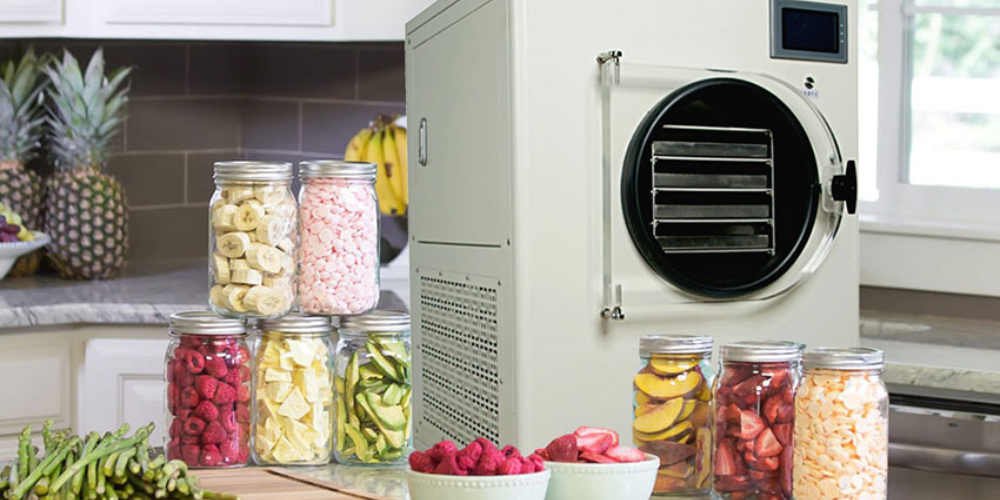If we talk about freeze-drying and dehydrating are two popular food preservation methods used by our average household for centuries.
Both methods remove moisture from food, but there is a marginal difference between them. We will compare and contrast freeze-drying and dehydrating methods to preserve food, discussing the pros and cons of each. By the end of this, you can conclude which way is preferable.
Method of Drying
Dehydrating food includes removing all of the moisture content from food by circulating hot and dry air around the items. The whole process takes several hours to freeze-dry the food. The small freeze dry machine uses temperatures below 60°C to prevent food from cooking.
Freeze-drying removes moisture by placing food items in a vacuum chamber using a low-temperature heating source to sublimate the ice crystals. The ice crystals formed are later turned directly into vapor without passing through a liquid state. Some foods may take several days to freeze-dry, but the end product you get is a dry item that retains its shape, color, and nutritional content.
Nutritional Content
Using the dehydrating method to preserve food can cause some loss of nutritional content due to the high heat used in the process. In contrast, the freeze-drying method preserves almost all the nutrients in the food item to make it a nutritionally superior option.
Texture
During the dehydrating process, heat can create challenging and chewy food items. This dehydrated food which takes longer to dehydrate becomes stiff to eat. In contrast, freeze-drying preserves the food’s texture, producing a crispy, crunchy, or fluffy end product.
Shelf Life
Foods preserved through proper preservation have a longer shelf life, so dehydrated food items have a longer shelf life than fresh produce but not as long as freeze-dried items. You will be shocked that freeze-dried items can be stored for a little more or less than 25 years, making them an excellent option for long-term food storage.
Rehydration
A limited quantity of water or liquid helps the dehydrated food retain its shape before consumption. Dehydrating food needs proper rehydrating techniques, while freeze-dried items can be eaten as is, making them a convenient and portable snack option.
Weight and Volume
Talking about the weight and volume of any dehydrated food items, we know they are lightweight and compact, making them an ideal option for backpacking and camping trips. On the contrary to dehydration, freeze-dried items are light, but they take up more space due to their fluffy texture.
Taste
If you are a taste lover, you must know that dehydrated food has a more potent and concentrated flavor because of moisture removal. Freeze-dried food keeps or retains its original flavor, making them a more palatable option for picky eaters who do not compromise the taste.
Cost
Regarding the cost, dehydrating is cost-effective as it only requires a dehydrator machine and some electricity. At the same time, freeze-drying is expensive as you need a device costing thousands of dollars.
Time
Now, this is something that most people look down upon using freeze-drying. Dehydrating takes several hours to dry food items, while freeze-drying can take many days, making dehydrating a faster option for smaller items. If you want to opt for freeze-drying, it is a more efficient option for larger quantities of food.
